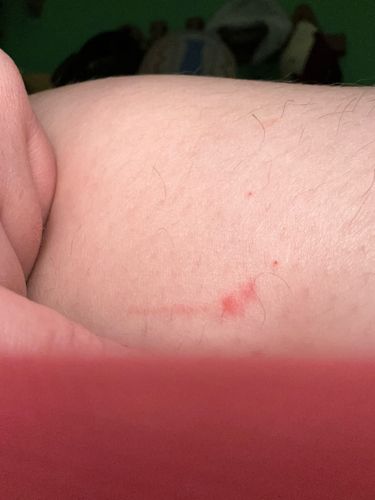Ant
Scientific Name: Formicidae (family)
Order & Family: Hymenoptera (Order), Formicidae (Family)
Size: Generally 0.75 mm to 30 mm (0.03 to 1.2 inches) in length, depending on the species.

Natural Habitat
Ants are found in almost all terrestrial habitats around the world, from forests and grasslands to deserts and urban environments. They build nests in soil, under rocks, logs, or pavement, in trees, and within structures.
Diet & Feeding
The diet of ants is highly varied and depends on the species. Many are omnivorous, feeding on nectar, seeds, fungi, other insects (both living and dead), and even human food waste. Some species specialize, such as harvester ants eating seeds or army ants preying on other insects and small animals.
Behavior Patterns
Ants live in highly organized social colonies with a caste system (queen, males, workers). Workers exhibit complex behaviors including foraging, nest construction and maintenance, caring for the young, and defense of the colony. They communicate primarily through pheromones. Their biting behavior, as seen in the image, is typically a defensive mechanism to protect themselves or their colony.
Risks & Benefits
Risks: Some ant species can bite or sting, causing pain, itching, or allergic reactions (e.g., fire ants). They can also become household pests, contaminating food and sometimes causing structural damage. Benefits: Ants play crucial roles in ecosystems by aerating soil, dispersing seeds, pollinating plants, and acting as predators or scavengers, helping to control populations of other insects and recycle nutrients.
Identified on: 9/5/2025